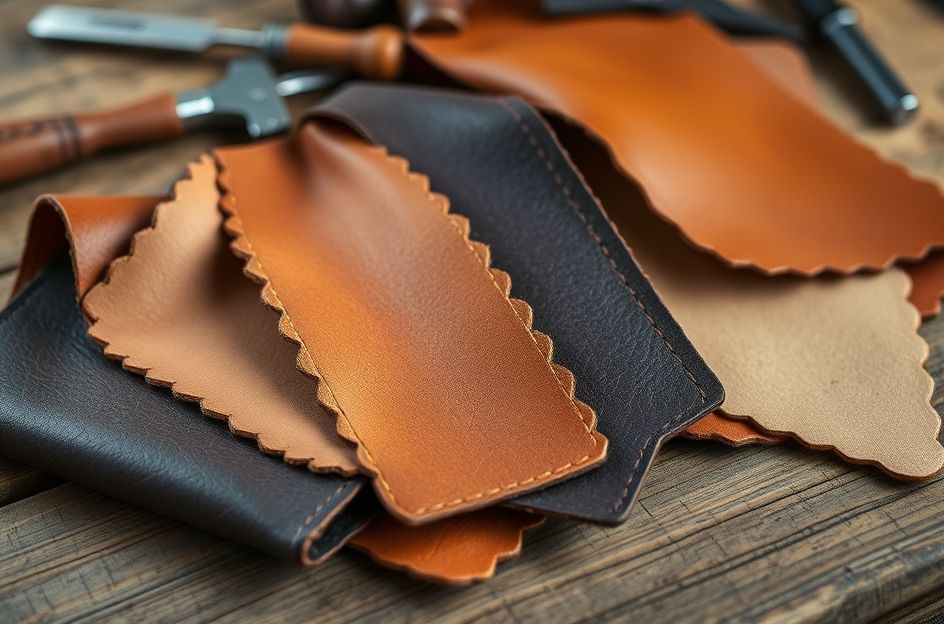Leather, a versatile and durable material, is created through various tanning methods applied to animal hides. These methods significantly influence the leather’s properties and suitability for different applications. Understanding these distinctions is crucial when selecting the right leather for a specific purpose.
Vegetable tanning, one of the oldest methods, utilizes natural tannins found in tree bark and other plant materials. This process yields a supple and strong leather, prized for its rich color and ability to develop a patina over time. However, vegetable-tanned leather is susceptible to water damage, which can cause discoloration, shrinkage, and stiffening.
Chrome tanning, a more modern method, employs chromium salts. Chrome-tanned leather is known for its superior water resistance, shape retention, and ability to be dyed in a wide spectrum of colors, offering greater aesthetic flexibility compared to vegetable-tanned leather.
Boiling creates a hardened leather, unsuitable for clothing or upholstery. This process produces a rigid material primarily used in bookbinding and other applications where stiffness is desired.
Rawhide is produced by stripping, thinning, and stretching animal hides after soaking them in a lime solution. The resulting product is a tough, durable material commonly used for laces, drumheads, and other applications requiring high tensile strength.
The choice of leather should always align with its intended application. Upholstery requires different characteristics than clothing or saddle making. Cowhides are the most common source of leather, but hides from other animals offer unique properties and aesthetic qualities.
Exotic leathers, such as crocodile or ostrich, are often chosen for their distinctive textures and visual appeal, catering to fashion-driven demands. Alternatively, some leathers are selected for their functional advantages. Kangaroo leather, for instance, is prized for its exceptional strength-to-weight ratio. The careful selection based on species ensures optimal performance and longevity of the final product.
